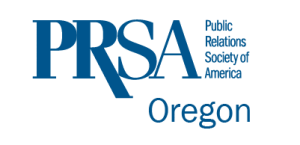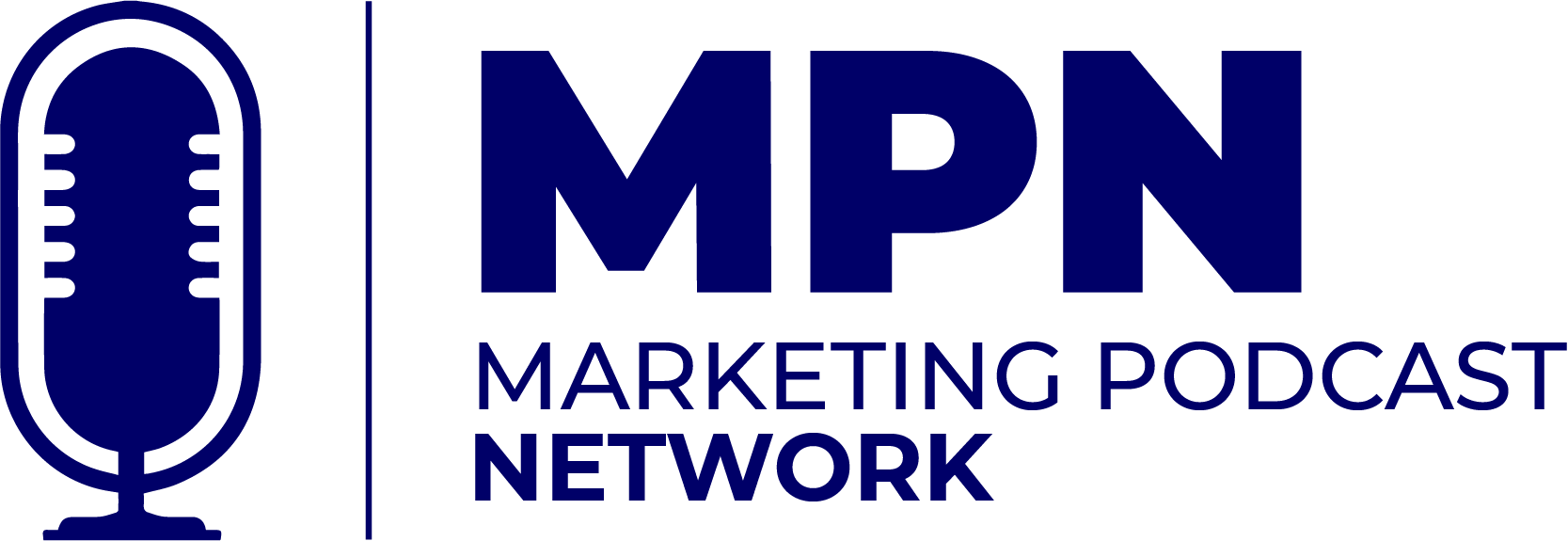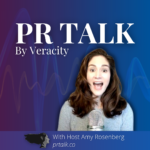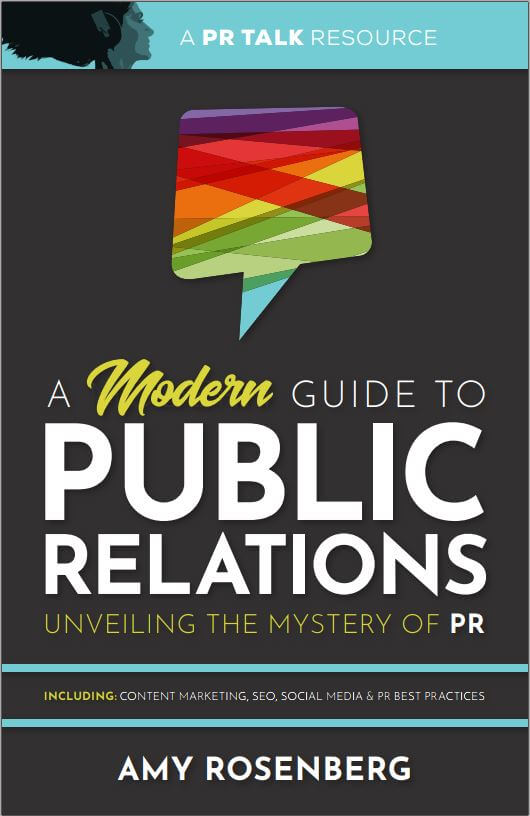![Industrial B2B Marketing with Laura Norup-Boyer [Podcast]](https://www.veracityagency.com/wp-content/uploads/Laura-Norup-Boyer-800x600-1.jpg)
Industrial B2B Marketing with Laura Norup-Boyer [Podcast]
Join Amy and Laura Norup Boyer, founder of Black Bean Industrial Marketing, as they talk about how industrial marketing differs from other industries during this week’s episode of the PR Talk Podcast.
Business Culture Differences
Amy started the podcast by asking about Laura’s background. Laura explained she is from Switzerland, and when she moved to North America (Canada) it was a struggle to participate in “small talk” because in Europe the culture is much more straightforward without a filter. Amy agreed she found the same to be true when she visited Skandanavia but thought “it was refreshing” since she prefers taking a straightforward approach.
Amy went on to state, as she grew in the industry, she initially believed that fluff language made the work look so much better. Even so, she would often question the validity of fluff, which made her think, “What are we even doing?” Laura noted that when she would work with English marketers they would use fancy acronyms, which made her feel ignorant. ”When people use big fluff language, especially in the marketing world, it’s very often to throw glitter in people’s faces,” she said, adding that direct simple language is what makes the most sense.
Industrial Marketing Switch
Amy asked Laura how she came to work in industrial marketing and why she went in that direction? Laura explained that her team sat down and conducted a client audit. They made notes about their work and where they had made an impact, where they had fun, and where they made money. “We started seeing a pattern emerge of industrial business clients,” Laura said. She believes the reason B2B marketing came out on top in their audit was due to direct communication, deep relationships, and the challenge and complexity working with these clients brought.
Amy then asked Laura why she thinks industrial businesses have made more of an impact in her work. Laura explained that as a woman in a male-dominated industry, she found herself working as a filter for new industrial clients. “Companies that embrace innovation and want to make a change will be more than willing to work with a marketing agency with a woman at the helm.”
Tips for Anyone with Industrial Clients
Laura also offered these tips for marketers with industrial clients,
- Come from a place of empathy, since there may be mentality shifts required.
- Develop relationships.
- Be direct, but if not received well, pivot.
- With supply chain issues and labor shortages at higher levels, it is time to shift focus to company culture and adapt messages.
Laura ended her tips with one directed toward industrial companies. She said, “Keep an open mind or open your mind. This is the new world and there is no going back to what it was before [women were involved, the pandemic, etc.]. Approach things from a different perspective.”
Laura and Amy go into more depth about new ideas for trade shows, Laura’s growth within the industry, current issues and other aspects of industrial marketing. Listen now to learn more about why industrial marketing was the right switch for Laura and how it might also be right for you.
Don’t Miss an Episode
You can access more great episodes by subscribing to the PR Talk podcast on iTunes, Stitcher, Google Podcasts, iHeart Radio and Spotify.
About the guest: Laura Norup Boyer
Laura is a fearless leader with an international background in marketing and management spanning a few decades. Her creative approach to any problem and passion for company culture gives her the valuable balance of innovation and leadership, which shapes Black Bean Industrial Marketing’s perspective.
Connect and follow Laura on social media:
This episode of PR Talk is brought to you by PRSA Oregon
Throughout Oregon and Southwest Washington, PRSA provides members with networking, mentorship, skill building and professional development opportunities – whether you are a new professional fresh out of college or a skilled expert with 20 years in the industry. Check out PRSAoregon.org for more information on how membership can help you grow and connect.
PR Talk is part of the Marketing Podcast Network
The Marketing Podcast Network gives brands that sell to marketers direct access to reach thousands of buyers via their trusted media source: Marketing podcasts. Browse our library of shows and see where your message can be placed to reach prospective customers ripe for your message.




![B2B PR with Rick Polito, Nutrition Business Journal Chief Editor [Podcast]](https://www.veracityagency.com/wp-content/uploads/rick-polito-promo-770x574.jpg)


![Unlock the Mysteries of the Building & Construction Industry with Nick Bjork, Daily Journal of Commerce [Podcast]](https://www.veracityagency.com/wp-content/uploads/Nick-Bjork-DJC-ChalkTalk-1024x683-1024x675.jpg)








